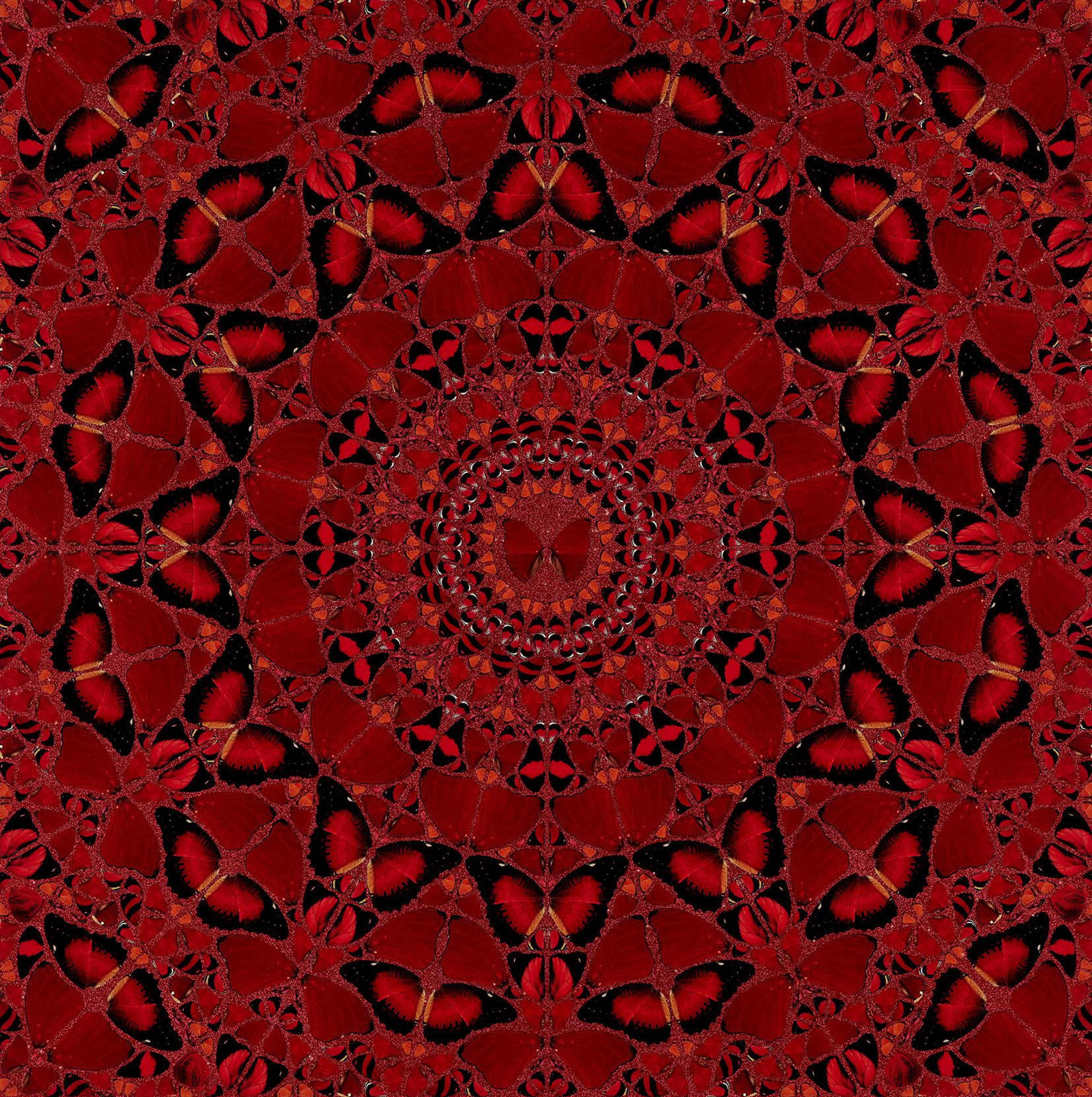
H10-4 Suiko

H10-4 Suiko
Signed Print
Damien Hirst
£1,150-£1,700
$2,300-$3,400 Value Indicator
$2,100-$3,150 Value Indicator
¥11,000-¥16,000 Value Indicator
€1,300-€1,950 Value Indicator
$12,000-$18,000 Value Indicator
¥240,000-¥350,000 Value Indicator
$1,550-$2,250 Value Indicator
There aren't enough data points on this work for a comprehensive result. Please speak to a specialist by making an enquiry.
100 x 100cm, Edition of 3310, Giclée print
Auction Results

Track auction value trend
Meaning & Analysis
H10-4 Suiko is a laminated giclée print on aluminium composite screen printed with glitter. Made in 2022 by the renowned contemporary artist Damien Hirst, the composition shows a mesmerising pattern composed of concentric circles of butterflies. Circles of butterflies in different shapes and sizes emanate from a central butterfly which captivates the viewer’s attention and encourages them to look closely at the hundreds of butterflies which form the composition.
The print is part of Hirst’s collection H-10 The Empresses which is composed of five impressive gliclée prints all of which show intricate patterns made out of red butterflies. Each print in the collection is named after a historical Empress who played an important role in history. This print is named after Suiko, the first recorded Empress of Japan. Suiko rose to power after her brother Sushun was murdered in 592 CE which marked a break with the tradition of having male rulers in Japan. Suiko was notable for implementing the Chinese calendar in Japan and establishing Buddhism in the country.
Butterflies occupy a central role in Hirst’s visual language and appear throughout his artworks, notably in his Mandala paintings and his Kaleidoscope collection. Hirst was in part drawn to butterflies due to their rich cultural heritage and the symbolic role they play in many religions. For the Greeks, butterflies were used to depict the Psyche and the soul, and in Christianity butterflies are often used to signify the resurrection.